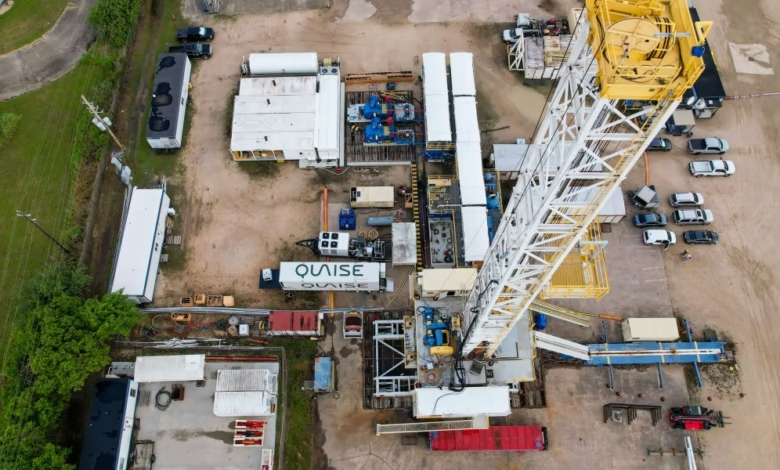How to Melt Rocks & Key AI Insights You Should Know

▼ Summary
– Quaise uses innovative drilling technology to melt holes through rocks, aiming to make geothermal energy feasible anywhere.
– The company’s technology could potentially access the Earth’s heat globally, but experts warn it may not be as simple or fast as hoped.
– Casey Crownhart discusses Quaise’s approach and the challenges of reinventing drilling for geothermal energy.
– Will Douglas Heaven presented “Five things you need to know about AI” at SXSW London, targeting a general audience.
– The talk offers a quick overview of key AI ideas in 2025, including lighthearted elements like jokes, with a video now available.
Melting rocks might sound like science fiction, but one startup is turning this concept into reality to revolutionize geothermal energy. Quaise Energy has developed an innovative drilling method that literally vaporizes rock formations, potentially unlocking access to the Earth’s heat anywhere on the planet. While the technology shows promise, industry experts warn that scaling this approach may prove more challenging than anticipated.
The company’s millimeter-wave drilling system represents a radical departure from conventional methods. By focusing intense energy beams, their equipment can bore through even the hardest geological formations. This breakthrough could eliminate geographical limitations that have traditionally constrained geothermal power generation. However, questions remain about cost-effectiveness and implementation timelines before this technology becomes commercially viable.
—
Five critical insights are shaping our understanding of artificial intelligence today. A recent presentation at SXSW London highlighted key developments that everyone should know about the current state of AI. The talk, designed for general audiences, blended technical depth with accessible explanations, even incorporating humor to engage listeners.
The selected topics reflect the most significant trends and challenges in AI development. From breakthroughs in machine learning architectures to ethical considerations, these points provide a snapshot of where the technology stands today and where it might be heading. While the full presentation offers richer context, the core ideas reveal both the tremendous potential and complex realities of artificial intelligence.
What makes these insights particularly valuable is their balance between technical substance and real-world relevance. They don’t just explain how AI systems work, they illuminate why these developments matter for businesses, policymakers, and society at large. As the field continues evolving rapidly, understanding these fundamentals becomes increasingly important for anyone engaging with technology.
(Source: Thechnology Review)






